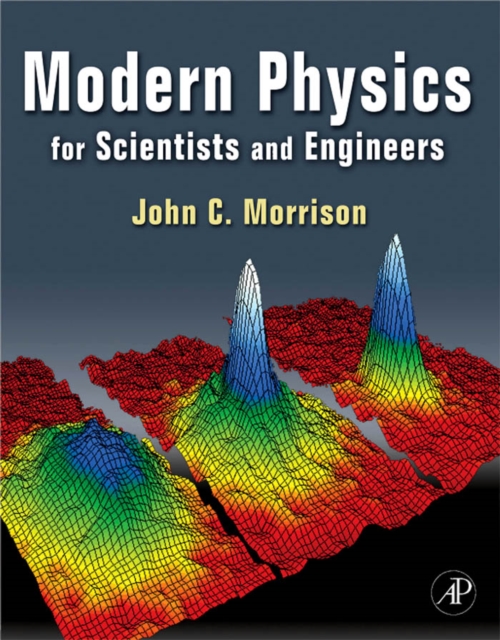
Modern Physics for Scientists and Engineers provides an introduction to the fundamental concepts of modern physics and to the various fields of contemporary physics. The book's main goal is to help prepare engineering students for the upper division courses on devices they will later take, and to provide physics majors and engineering students an up-to-date description of contemporary physics. The book begins with a review of the basic properties of particles and waves from the vantage point of classical physics, followed by an overview of the important ideas of new quantum theory. It describes experiments that help characterize the ways in which radiation interacts with matter. Later chapters deal with particular fields of modern physics. These include includes an account of the ideas and the technical developments that led to the ruby and helium-neon lasers, and a modern description of laser cooling and trapping of atoms. The treatment of condensed matter physics is followed by two chapters devoted to semiconductors that conclude with a phenomenological description of the semiconductor laser. Relativity and particle physics are then treated together, followed by a discussion of Feynman diagrams and particle physics. Develops modern quantum mechanical ideas systematically and uses these ideas consistently throughout the book Carefully considers fundamental subjects such as transition probabilities, crystal structure, reciprocal lattices, and Bloch theorem which are fundamental to any treatment of lasers and semiconductor devices Uses applets which make it possible to consider real physical systems such as many-electron atoms and semi-conductor devices
| ISBN: | 9780123859112 |
| Publication date: | 30th December 2009 |
| Author: | Morrison, John |
| Publisher: | Elsevier Science |
| Format: | Ebook (PDF) |